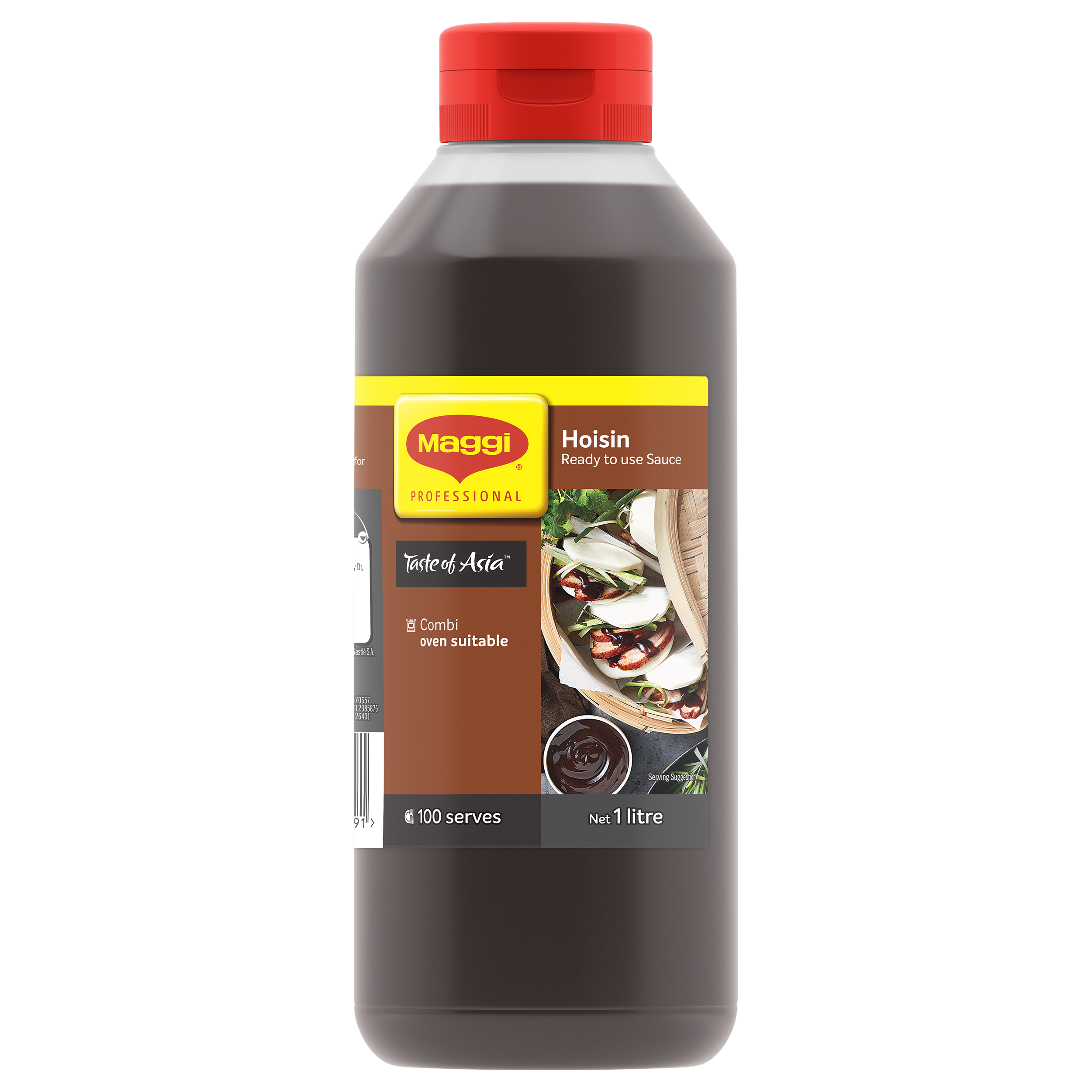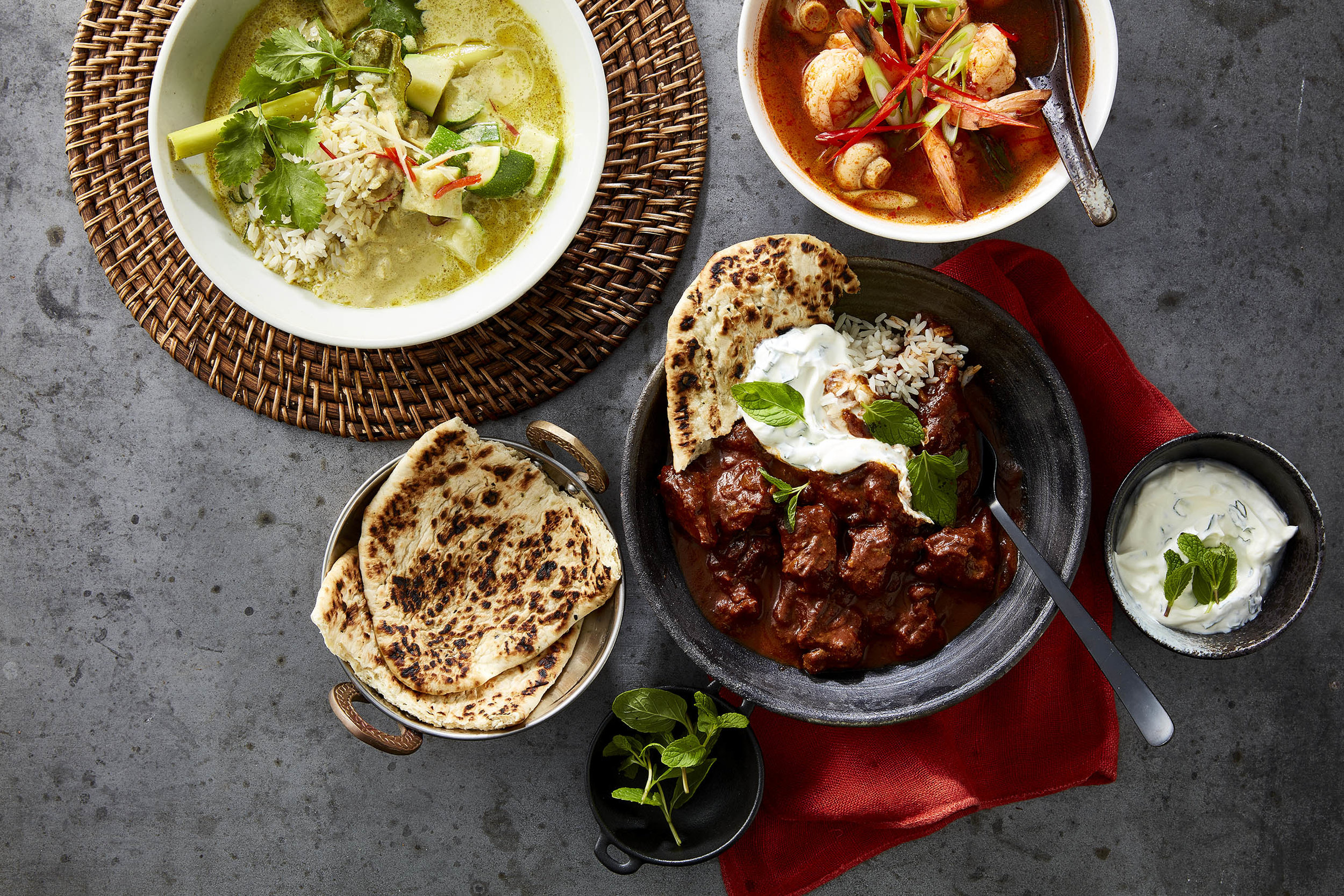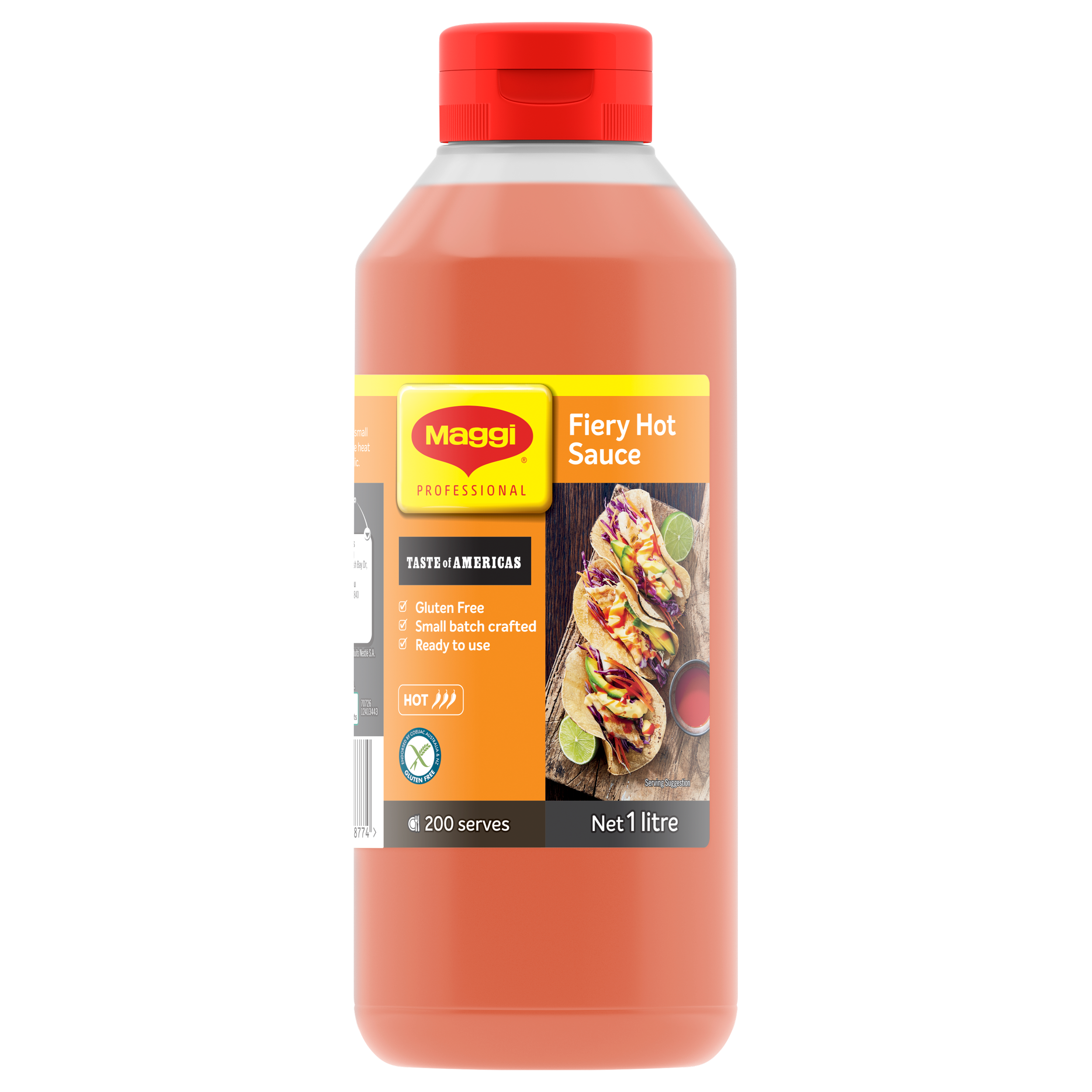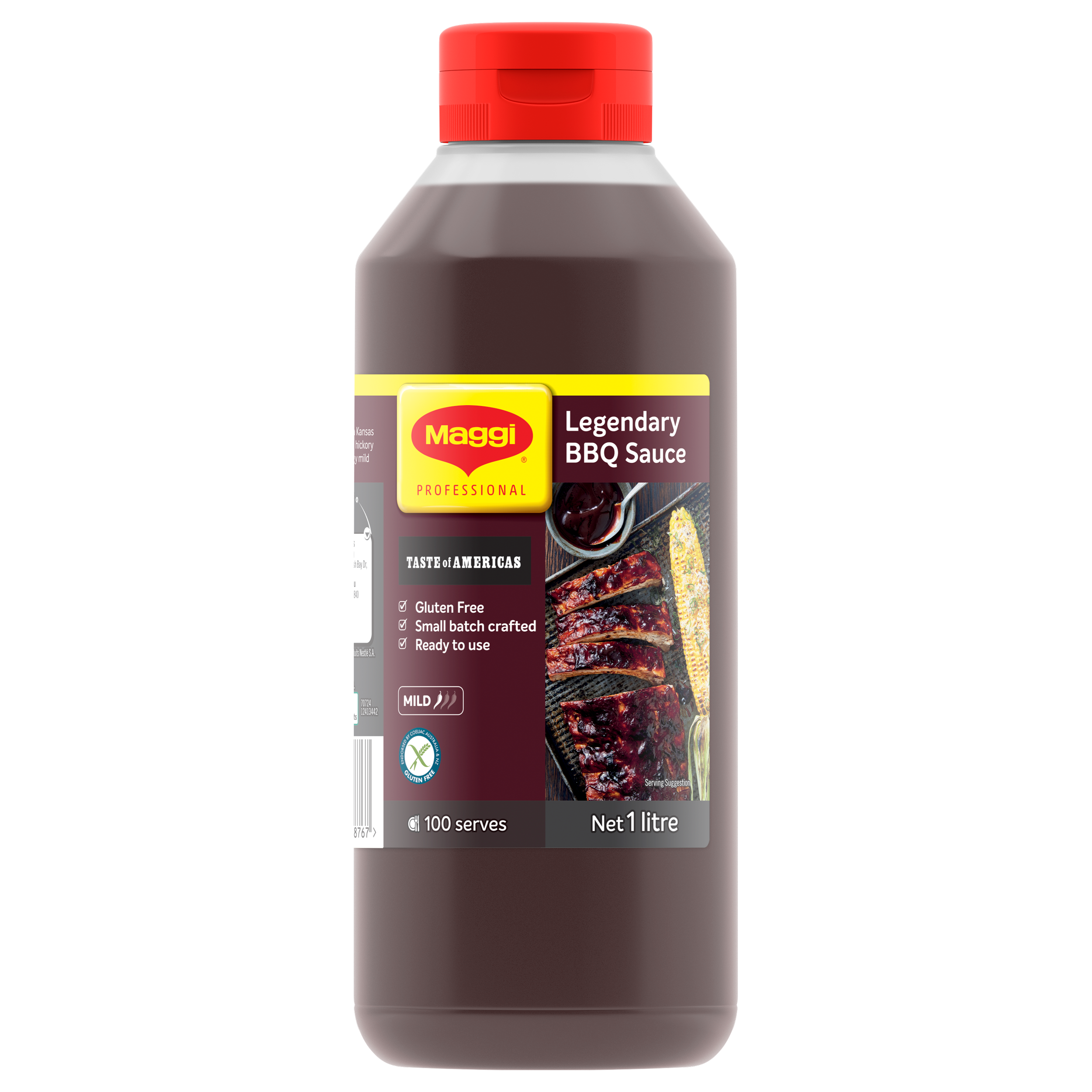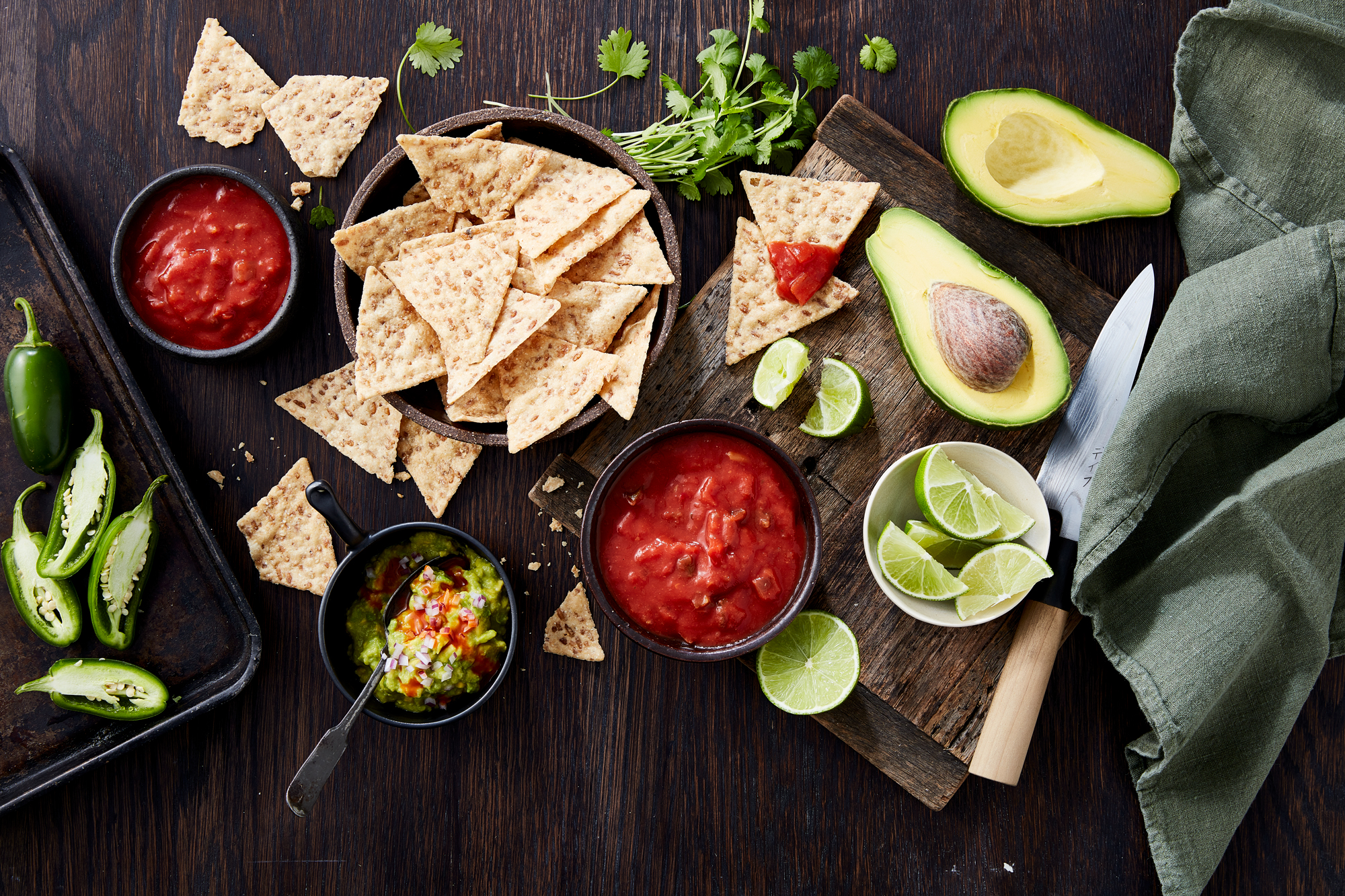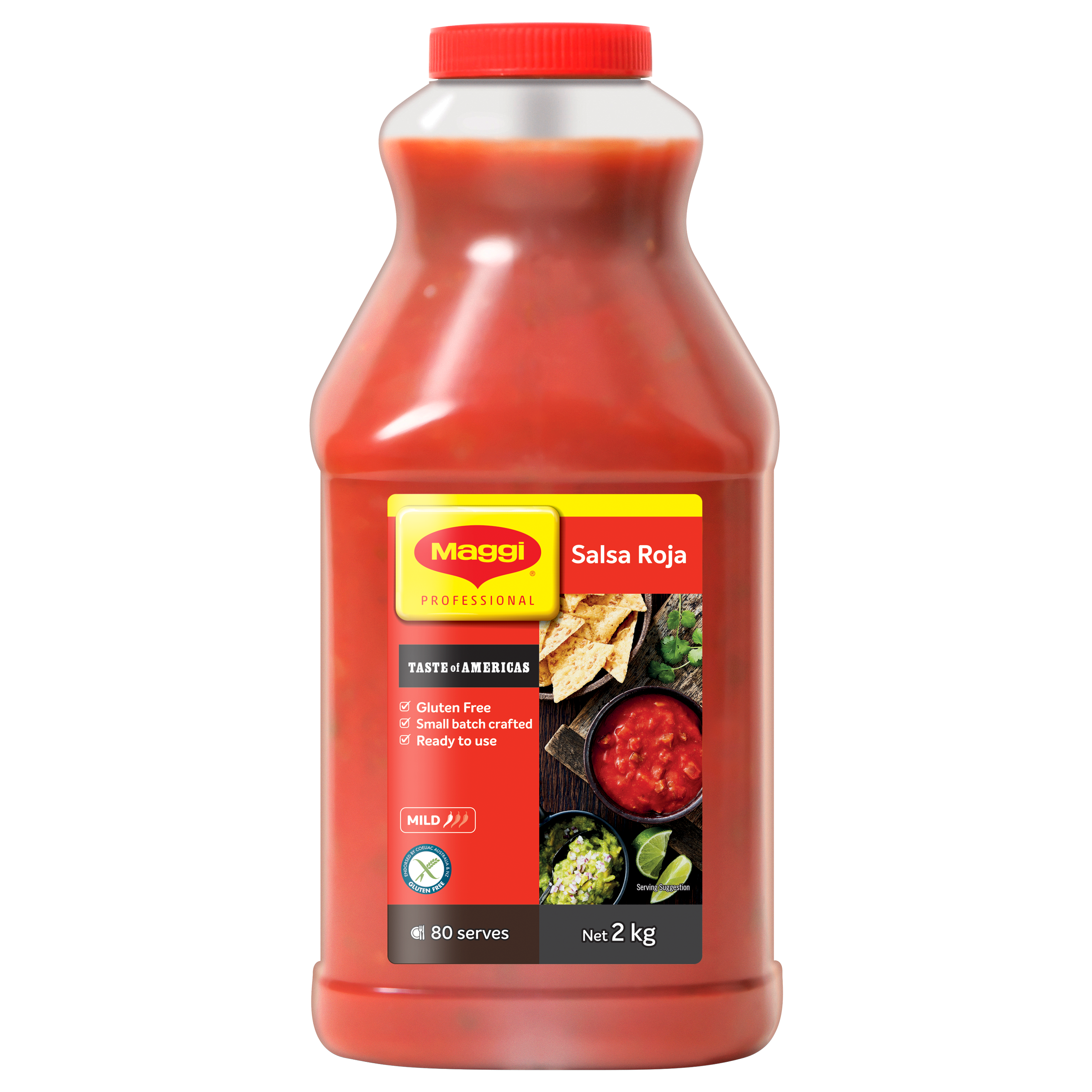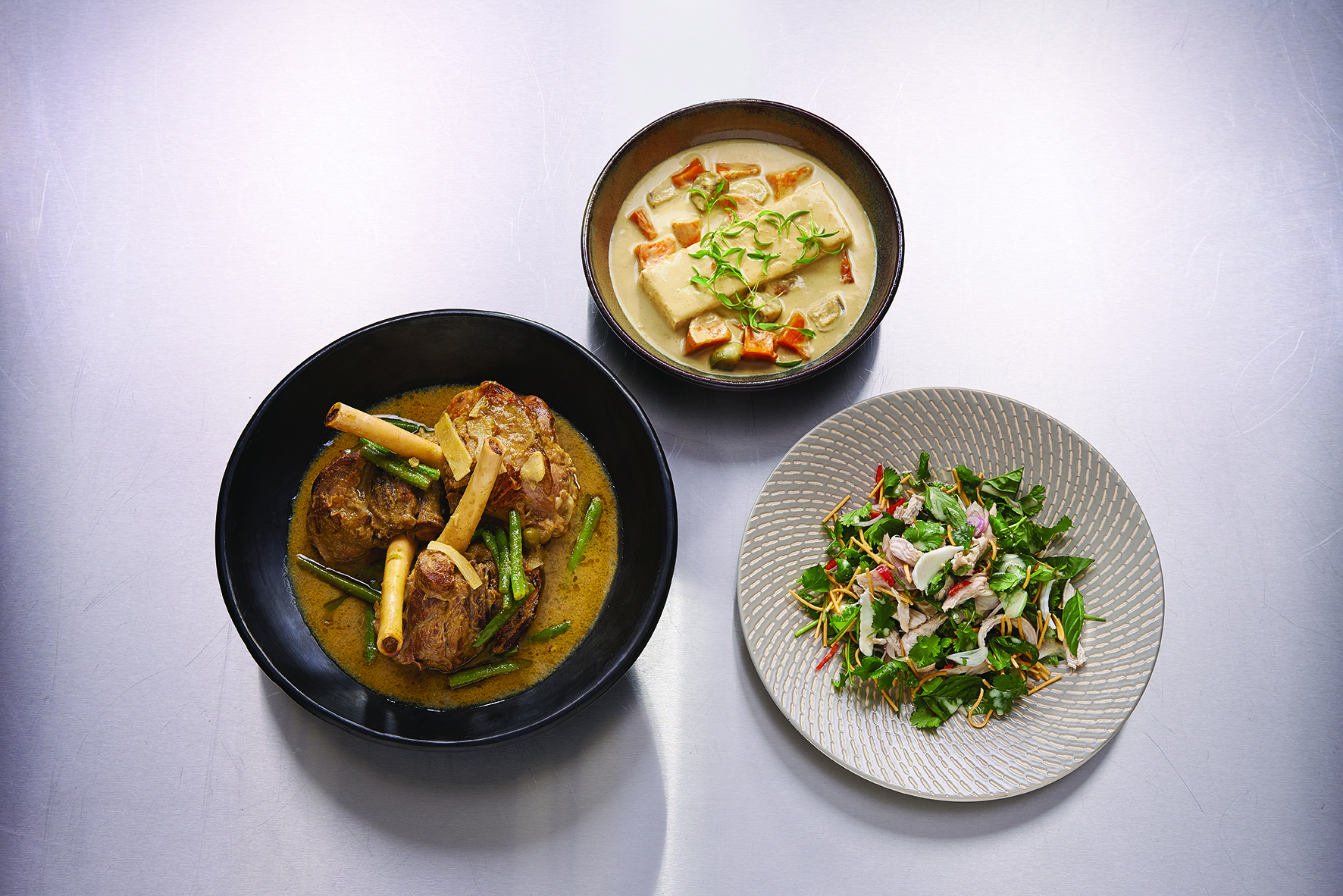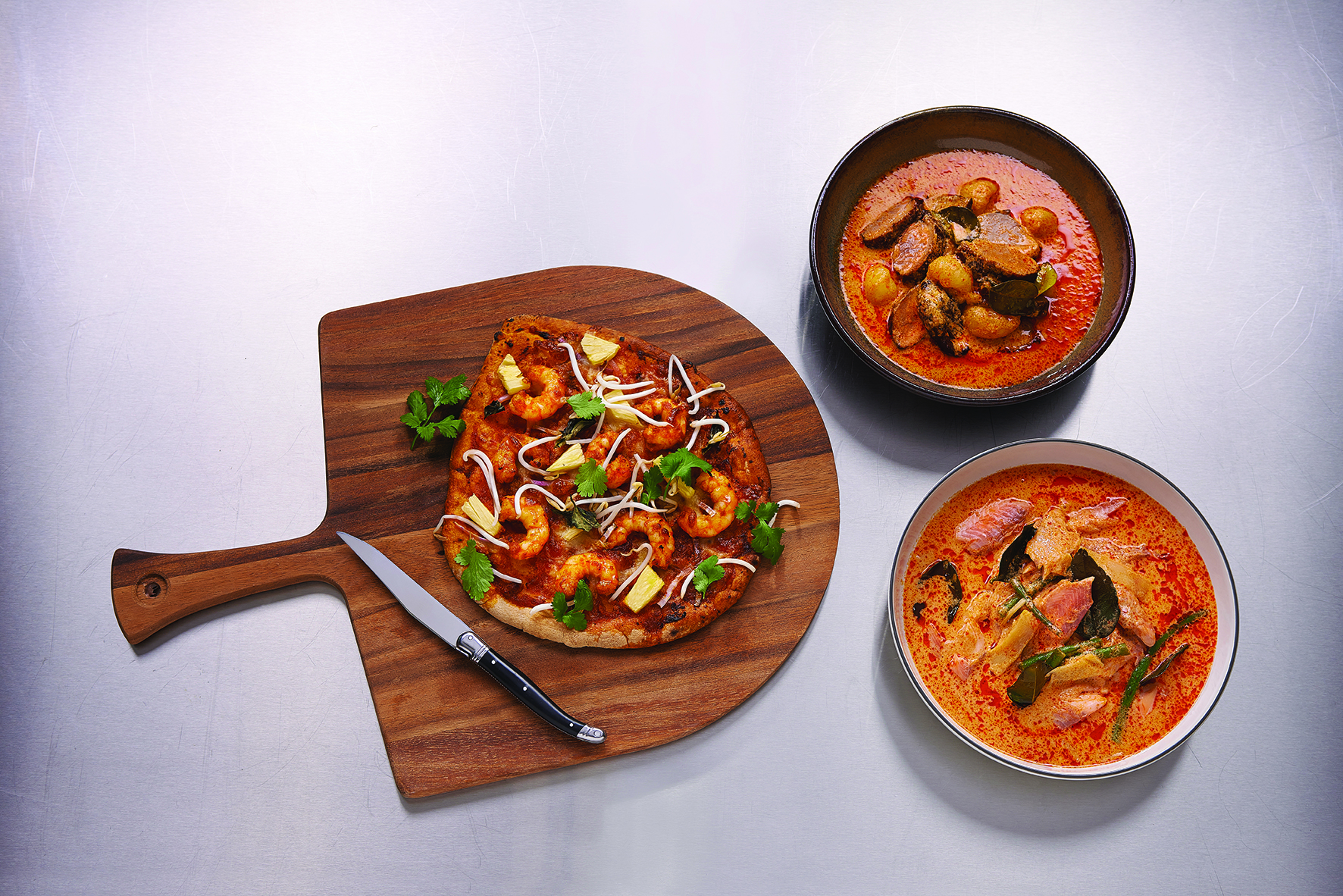Seasonings, rubs and pastes in demand as professionals seek out authentic flavour profiles
SEASONINGS, dry rubs and pastes are increasingly in demand among foodservice professionals and major suppliers are responding by delivering products which offer authentic flavour profiles and high quality ingredients.
Greg Hurrell, Corporate Chef at Krio Krush which produces a range of herbs, spices, seasonings and dry rubs, says Australian tastes have become far more eclectic over time as the nation’s increasing multiculturalism has exposed us all to such a variety of cuisines.
“The market here is quite diverse and tastes vary across regional centres,” Greg tells us. “In Sydney, Korean cuisine is very big right now and it’s also an emerging market for Middle Eastern. Melbourne is quite different, it’s still predominantly Mediterranean with a lot of Indian coming through, and Queensland tastes are focusing more towards American cuisine.
“What we find is that Australian consumers are looking for more intense flavours, and consequently dry rubs are becoming very popular with chefs.”
Greg explains the difference between seasonings and rubs: “a seasoning is a combination of herbs and spices. A herb is the leafy part of the plant and a spice is the rest – the stem, the root and the seed. Leaves are high in volatile oils which means they burn easily, whereas spices are more heat tolerant. S when you’re using a seasoning, which has both herbs and spices in it, it’s best applied after cooking, otherwise the herb notes will burn. Whereas when you’re using a dry rub, that’s all spice – so you apply it before cooking.”
A dry rub penetrates through the pores of the protein, imparting a smokiness to the outside (a process called ‘barking’) while the full flavour of the spices permeate the interior. “Dry rubs are predominantly very ‘clean label’ products – they’re free from additives like MSG or gluten – and they’re highly concentrated in flavour,” Greg says. “A seasoning can contain salt, rice flour or breadcrumbs mixed in so its flavour is more subtle, not as intense.”
Despite the name, you don’t necessarily have to rub it in, Greg adds – “just sprinkle it over before grilling and it will deliver great, consistent flavour, or for a stronger, deeper flavour you can marinate the meat in it overnight. Whereas if you’re making your own blend up in the kitchen, you have to buy all the various ingredients separately, and if one chef blends up a batch today and somebody else makes their own tomorrow, it will taste different – you’ll lose consistency. So the benefit of buying a pre-prepared dry rub is obvious – all the work’s already been done for you, because we’ve spent months developing the authentic flavour profile.
“There are so many applications for dry rubs – not only can you sprinkle them over meat, you can also easily add them to wet dishes like casseroles or pies without adversely affecting the consistency and texture. It doesn’t make a lot of sense to buy a dry rub if you’re only using it on one product – you want to use it on a lot on different menu items to get maximum application out of it. That way the only real limit is your imagination.”
The focus on ‘clean label’ also extends to chefs moving away from readymade sauces which may contain additives such as artificial colourings, flavourings, preservatives and MSG and instead towards utilising pre-made pastes as sauce bases.
Major suppliers are manufacturing sauces and pastes based on authentic recipes which evoke the distinctive flavours of globals cuisines, such as Nestlé Professional’s Flavours of the World portfolio. This consists of its well-established MAGGI Taste of Asia range, BUITONI range and newly-launched MAGGI Taste of Americas.
“The Modern Australian menu is about fusion and combining many flavours on the one plate, with Asian, Mediterranean and American cuisines in the top influences - we want to inspire Australian chefs with our Flavours of the World portfolio,” says Sarah Lewis, Foods Brand Manager at Nestlé Professional.
“We are excited to have just launched our new MAGGI Taste of Americas range, consisting of three trending flavours – a Mexican Style Salsa Roja, a Kansas City Style Legendary BBQ Sauce with hickory and molasses, and a Fiery Hot Sauce which is a vinegar-based hot sauce made with Cayenne peppers.”
“We have been on a journey developing a large range of authentic sauces and pastes suitable for chefs,” explains Nestlé Professional Executive Chef Mark Clayton. “In our MAGGI Taste of Asia range we have created sauces and pastes that are vibrant, fragrant and ready to cook with at any stage in the process. When you’re making a curry, ideally you want to sauté the paste flavours through the meat so the fragrant spices really come to the fore … this gives more flavour and aroma intensity and that’s what imparts an authentic touch to the meal.”
While the MAGGI Taste of Asia range does include some pastes designed for specific dishes such as a Thai Green Curry, most sauces and pastes have been developed to use across multiple applications. “Chefs are always looking for new flavours and something like MAGGI Taste of Asia Chilli Garlic makes a great seasoning or flavour that you can weave into the creation of your choice,” Mark says.
“If you add a little natural yoghurt, for example, you can make a tasty dip. You can use it in dressings and marinades to add an extra flavour layer. Chefs today are under a lot of pressure and often extremely time-poor, so they’re looking for simple solutions which can add variety to their flavour profiles, and these are designed to meet that need. They become an interesting flavour component of the dish rather than the basis of the dish itself.”
Nestlé Professional also has its Mediterranean range of BUITONI tomato sauces created from authentic Italian recipes and handpicked Mediterranean tomatoes. The range includes Sugo per Pasta (Napolitana sauce), Sugo al Pomodoro (Classic Coulis), Sugo Lussuoso al Pomodoro (Rich Tomato Sauce) and Sugo ai Peperoni (Peperonata Sauce).
To promote the launch of MAGGI Taste of Americas, Nestlé Food Professional has created a Flavours of the World ‘inspiration book’ which showcases different ways in which the MAGGI Taste of Americas products can be used – “it’s about inspiring applications as opposed to just recipes,” Sarah explains.
Unilever Food Solutions markets seven Indian curry pastes from the UK-produced Patak’s range under the name Knorr Patak’s. These are different formulations from the Patak’s retail range – “they’re made to foodservice standards, designed for the professional kitchen,” explains Unilever Food Solutions Executive Chef Andrew Ballard. “It’s a hugely popular range especially for corporate caterers and large catering organisations and includes all the favourites from Tandoori Paste and Butter Chicken through to various types of curries.”
Again, a major benefit is versatility of application – they can be used to impart authentic Indian flavours to a wide range of cuisines from a Beef Korma Burger or a pizza base to traditional Indian dishes like Tandoori Chicken or Butter Chicken.
“Indian dishes like vindaloo are quite difficult and time-consuming to prepare from scratch because of the number of ingredients involved and the need to source them fresh, so these are a terrific one-stop solution which ensure an authentic flavour profile,” Andrew says.
The Knorr brand also offers Thai pastes in Green, Red and Yellow Curry varieties as well as a Thai Sweet Chilli Jam. Made to authentic Thai recipes using fresh herbs and spices – “everything from finger root to galangal, garlic to chilli and fresh chillies,” Andrew tells us - they were developed specifically for the Australian/NZ market and have since been made available in a range of other countries. They have been designed for use as a base to which the chef can add further ingredients such as coconut milk and lime juice to balance out the flavours.
“As opposed to simply pouring out a readymade sauce, using a paste is a great way to create an authentic offering to attract customers,” Andrew affirms. “The flavour profile is similar to from-scratch production, without you having to do all the work. There’s no added MSG, no artificial colours or flavours as you might get in a readymade sauce – it’s really the same formulation you would follow if you were to make a curry paste yourself, but on a larger scale. They really are beautiful flavours which you can use in marinades, dressings, seafood vinaigrettes, atop pizzas and even in a sauce on burgers.”












